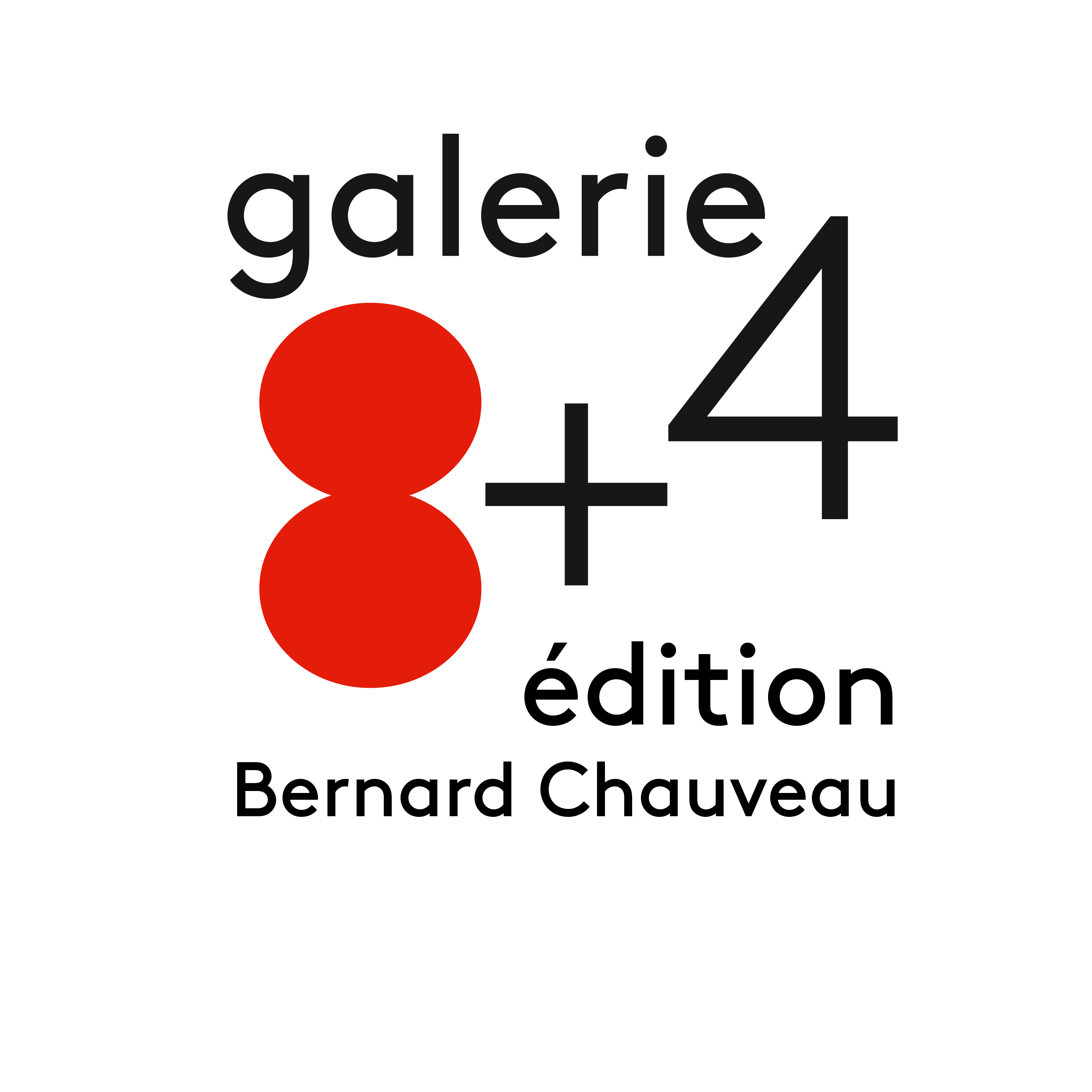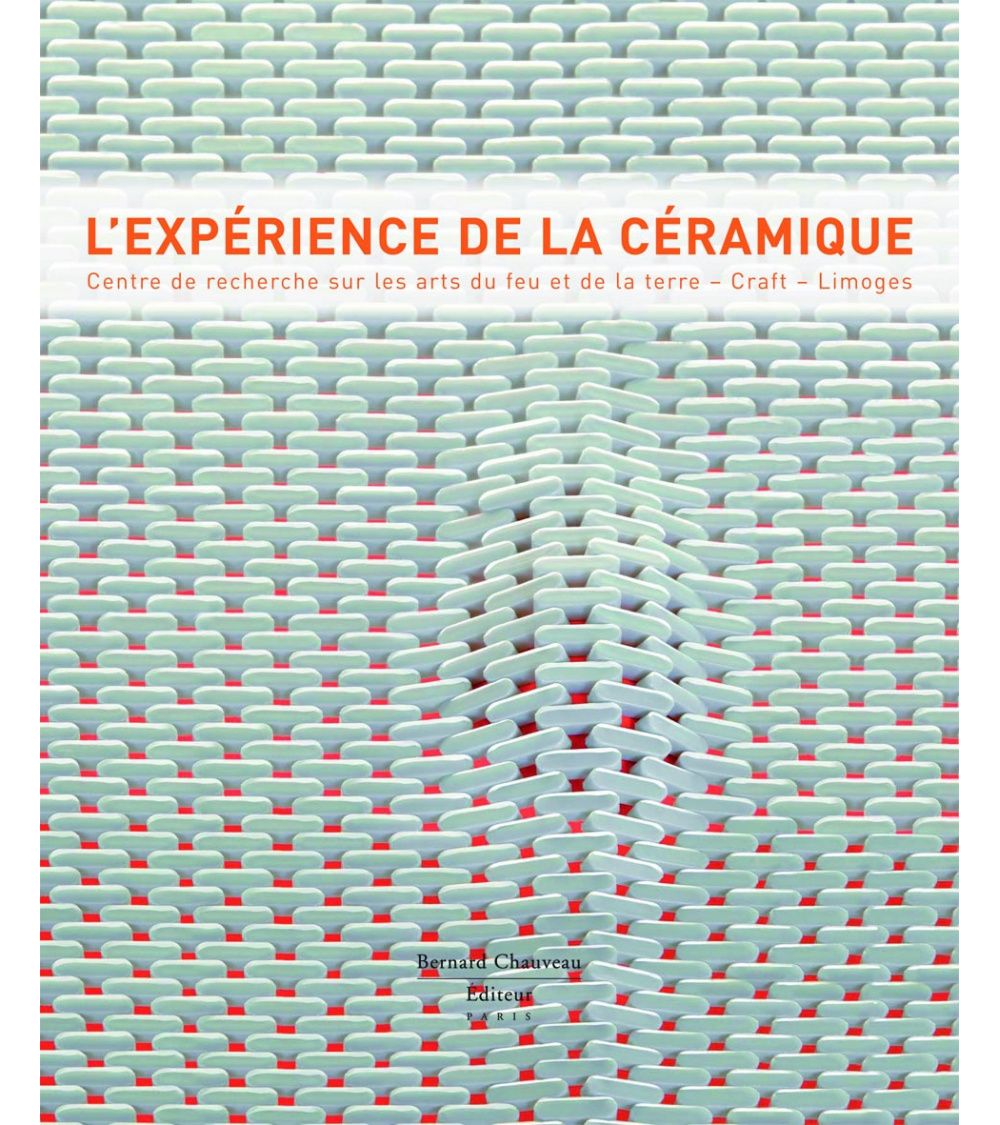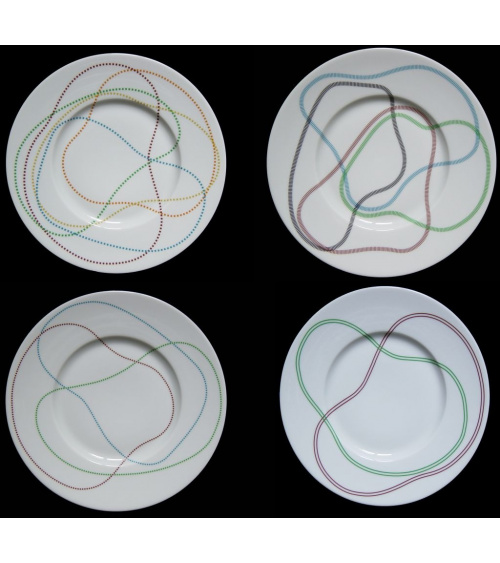The Ceramic Experience - CRAFT
The Ceramic Experience is the result of a fifteen year’s exceptional creative boiling of more than 60 artists in the domain of contemporary ceramic.
The Ceramic Experience is the result of a fifteen year’s exceptional creative boiling of more than 60 artists in the domain of contemporary ceramic, hosted by the Center of research for ceramics and enamel applications in art and design in Limoges (France). Texts in English. The first 200 books are edited with a set of 4 plates especially designed by the rewarded French creator Pierre Charpin.
Data sheet
- Number of pages
- 224
- Size
- 24 x 30 cm
- ISBN
- 9782915837193
- Edition
- 2000 copies
- Publication date
- 2007
Arad (Ron)
Born in Tel-Aviv (Israël) in 1961, lives and works in London (UK).
Borel (Frédéric)
Born in Roanne in 1959. Lives and works in Paris.
Charpin (Pierre)
Pierre Charpin was born in 1962 in Saint–Mandé (near Paris) and graduated from the Beaux–Arts de Bourges in 1984. Since the early 1990s he has devoted himself to designing furniture and objects.
In 1990 his first solo exhibition was held at the Galerie Perkal (Paris) where he presented his research into the possibility of “anthropomorphic” furniture, and a series of silver tableware objects, manufactured in 1988 by Algorythme. In 1993 he developed his Stackable Chair project thanks to a grant from the FIACRE [French Minister of Culture]. In 1995 he was given the Carte blanche of the VIA (Valorisation Innovation dans l’Ameublement). He designed several seating projects for La Collection tropicale (La Maison du meuble créole, La Réunion) in 1996. That same year he participated in and was responsible for curating the exhibition Assembled in Ivry at the sur–Seine). In 1997 he participated in the first Design Biennial in Saint–Étienne, in which he attracted attention with Vroom, his research into the car as an object, resulting from a workshop with students from the Beaux–Arts de Saint–Étienne.
He lives and works in Ivry–sur–Seine and Paris.
His practice has centered on experimental
projects — in particular those conducted with the Centre international de recherche sur le verre et les arts plastiques (CIRVA) from 1998 to 2001, and the Centre de recherche sur les arts du feu et de la terre (CRAFT) between 2003 and 2005 — and in the course of his collaborations with renowned manufacturers such as Alessi, Cristalleries de Saint–Louis, Japan Creative, Ligne Roset, Magis, Manufacture nationale de Sèvres, Montina, Pamar, Tectona, Venini, The Wrong Shop, Wrong for Hay and Zanotta.
After mounting a first solo exhibition of his work in 1999, the Galerie kreo (Paris) has held the exclusive right to produce limited editions of his pieces, presented in solo exhibitions since 2005: Platform in 2006, All’Aperto in 2008, 81/2 in 2009, and Ignotus Nomen in 2011.
His solo exhibitions include: in 1998, Una mostra di mobile, Post Design (Milan) ; in 2001, Torno subito, Galerie des Curiosités, Musée des Arts Décoratifs (Paris) ; in 2002, Stands, Design Gallery Milano (Milan) ; in 2005, Oggetti Lenti, Design Gallery Milano, and Pierre Charpin 2005 at the Grand–Hornu Images (Hornu) ; in 2009, Entre les vases, Musée de design et d’arts appliqués contemporains (MUDAC, Lausanne) ; in 2011, Pierre Charpin au Grand–Hornu, vingt années de travail, Grand–Hornu Images ; in 2014, Pierre Charpin, la part du dessin, Elac Gallery (Lausanne).
Pierre Charpin’s pieces have been included in many books alongside other designers. His work has also been the subject of several monographic publications, including Pierre Charpin à Vallauris and Pierre Charpin au CIRVA (Grégoire Gardette Éditions, 2000 and 2001), Nouvelles formes pour Sèvres (Bernard Chauveau Éditeur, 2008), and Entre les Vases to coincide with his exhibition at the MUDAC (Birkhaüser, 2009). In 2014, JRP Ringier publishes his first monography: Pierre Charpin.
His designs are included in many private collections, and are held in the following public collections: Fonds national d’Art contemporain (Paris/La Défense), Musée national d’Art moderne/Centre de création industrielle (Paris), Musée des Arts Décoratifs (Paris), Grand–Hornu Images (Hornu), Indianapolis Museum of Art (USA).
In 2004 Pierre Charpin was the winner of the international competition for the design of the Carafe Eau de Paris, produced in an edition of 10 000. His vase Triplo (Venini) featured in the selection list for the Compasso d’Oro 2005, the year in which he was named “Créateur de l’année” [Designer of the Year] at the Salon du meuble in Paris.
Pierre Charpin has acted as the scenographer of his own exhibitions (at the MUDAC and Grand–Hornu Images), as well as for themed exhibitions such as Les Sixties, mode d’emploi (Musée de la Mode et du Textile, Paris), Mobi Boom (Les Arts Décoratifs, Paris) and Quali cose siamo, the third Design Museum Triennial (Milan), organized in 2010 by Alessandro Mendini. In parallel with his work as
a designer, from 1998 to 2008 he taught design at the École supérieure d’Art et de Design in Reims. He has been teaching in the Industrial Design department of the ECAL–University of Art and Design since 2006.
http://pierrecharpin.com
Crasset (Matali)
Delvoye (Wim)
Born in 1955 in Wervik (Belgium), lives and works in Gand (Belgium).
Du Pasquier (Nathalie)
Born in 1957, lives and works in Milan (Italy).
Dubuisson (Sylvain)
Familiari (Christelle)
Born in 1972, lives and works in Paris.
Favier (Philippe)
In Europe’s artistic scene, Philippe Favier is an example of a singular practice which has no real equivalent. Born in 1957, he has, since the 1980's, produced paintings where the motif becomes a simple ornamentation of a wider whole, without visible hierarchy and without any particular construction apart from the fact that it creates an off-camera, both physical and mental. There is in this artist, the idea that art should, above all, activate imagination. To achieve this he does not hesitate to introduce fascinating little figures, sometimes multiplied to infinity. Using the theme of vanities, death and skeletons, he fills his pages with ordinary but surprising objects that alternate with intriguing otherworld images. The important point for him, is that the book, the images, the story-path, are to be read and deciphered. The work is a synthesis between the pages full of crypto glyphs, and the page after-page succession of possible readings. Philippe Favier builds impossible works, without beginning, without end, without orientation, without any destination other than to lead us into unsuspected depths in our imagination. Time stretches, lengthens to infinity, takes different forms according to how we read.
Gagnere (Olivier)
Born in 1952, lives and works in Paris.
Jourdan (Éric)
Born in 1961 in Paris, lives and works in Paris.
Lacaton & Vassal
Anne Lacaton, born in 1955 and Jean-Philippe Vassal, born in 1955 in Casablanca (Morocco). They live and work in Paris.
Lovegrove (Ross)
Born in 1958 in Carfiff, lives and works in London.
Lynch (David)
Born in 1946 in Missoula (Montana, USA), lives and works in the USA.
Maurer (Ingo)
Born in 1932 in Germany, lives and works in Munich (Germany).
Mercier (Mathieu)
Born in 1970, lives and works in Paris.
Perez (Javier)
Born in 1968 in Bilbao (Spain), lives and works in Barcelona (Spain).
Poirier (Anne & Patrick)
Anne Poirier, born in 1942 and Patrick Poirier, born in 1942. They live and work between Paris and the Provence (South of France).
Sowden (George)
Born in 1942 in the UK, lives and works in Milan (Italy).
Szekely (Martin)
“Today, I see my work as detached from the expressionism of the drawing.
This idea grew out of my experience in industrial design which is directed at the broadest possible public. My aim is to achieve an economy in the result which can’t even be defined as minimalist: a commonplace.”
Martin Szekely has worked for:
Parrot, Weston, MK2, Heineken, Canal Satellite, Christofle, Dom Pérignon, Hermès, Bernardaud, Legrand, Saint-Louis, E.N.S. (European Neurological Society), Terreal (Saint Gobain group), Perrier, JC Decaux, Transel (Bouygues Générale des Eaux group), EDF, Swarovski, Delvaux...
His solo exhibitions include Collection Pi (1985) , Containers (1987), Pour faire salon (1989), Initiales (1991) et Satragno (1994) at the Galerie Néotu (Paris); Martin Szekely designer (1998) at MAC’s / Site du Grand-Hornu; des plats (2000), six constructions (2002), des étagères (2005), concrete (2008), heroic shelves and simple boxes (2009) et Units (2011) at the Galerie kreo (Paris); Martin Szekely–Ne plus dessiner (2011) at Centre Pompidou (Paris); Artefact et MAP (2014), at Blondeau & Cie (Geneva); Artefact (2015), at Salon 94 (New York).
His works are part of the permanent collections of:
Centre Georges Pompidou, Paris
Musée des Arts Décoratifs, Paris
Fonds National d'Art Contemporain, Paris
MUDAM, Luxembourg
Design Museum, Lisbonne
MoMA, New York
Cooper Hewitt Museum, New York
Israel Museum, Jerusalem
Museum of fine arts, Montreal
Victoria & Albert Museum, London
http://www.martinszekely.com/
No customer reviews for the moment.









